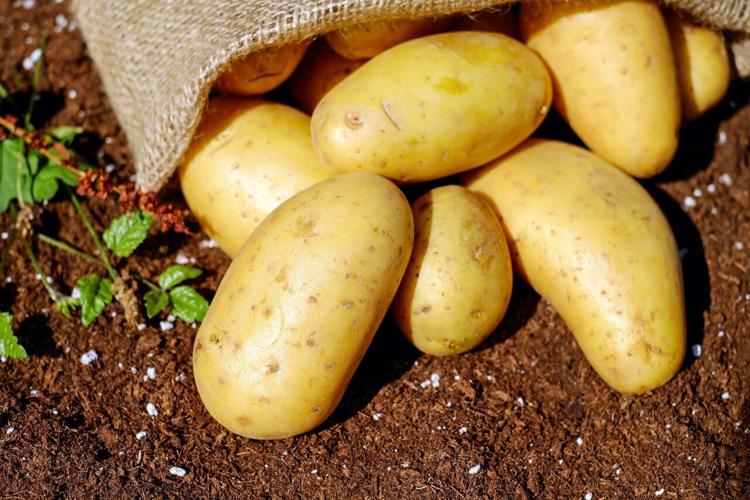
Photo by Pixabay via Pexels
By Stephen Beech
Today's potato evolved from tomatoes 9 million years ago, according to new research.
Natural "interbreeding" in the wild between tomato plants and potato-like species from South America gave rise to the modern-day potato, scientists say.
They believe the ancient evolutionary event triggered the formation of the tuber - the enlarged underground structure that stores nutrients found in plants such as potatoes and yams.
Study corresponding author Professor Sanwen Huang, of the Chinese Academy of Agricultural Sciences, said: “Our findings show how a hybridization event between species can spark the evolution of new traits, allowing even more species to emerge.
“We’ve finally solved the mystery of where potatoes came from.”
It is one of the world’s most important crops, but the potato’s origin had long puzzled scientists.
Modern potato plants are almost identical in appearance to three potato-like species from Chile called Etuberosum.
But those plants don't carry tubers.
Based on phylogenetic analysis, potato plants are more closely related to tomatoes.

(Yuxin Jia and Pei Wang via SWNS)
To solve the contradiction, the Chinese research team analyzed 450 genomes from cultivated potatoes and 56 of the wild potato species.
Study first author Dr. Zhiyang Zhang, of the Chinese Academy of Agricultural Sciences, said: “Wild potatoes are very difficult to sample, so this dataset represents the most comprehensive collection of wild potato genomic data ever analyzed.”
The team's findings, published in the journal Cell, found that every potato species contained a stable, balanced mix of genetic material from both Etuberosum and tomato plants, suggesting that potatoes originated from an ancient hybridization between the two.
While Etuberosum and tomatoes are distinct species, the researchers explained that they shared a common ancestor about 14 million years ago.
Even after diverging for around five million years, they were able to interbreed and gave rise to the earliest potato plants with tubers around nine million years ago.
The team also traced the origins of the potato’s key tuber-forming genes, which are a combination of genetic material from each parent.
They found the SP6A gene, which acts like a "master switch" that tells the plant when to start making tubers, came from the tomato side of the family.

Photo by Pixabay via Pexels
Another key gene called IT1, which helps control growth of the underground stems that form tubers, came from the Etuberosum side.
Without either piece, the researchers say the hybrid offspring would be incapable of producing tubers.
Dr. Zhang said: "This evolutionary innovation coincided with the rapid uplift of the Andes mountains, a period when new ecological environments were emerging.
"With a tuber to store nutrients underground, early potatoes were able to quickly adapt to the changing environment, surviving harsh weather in the mountains."
The researchers say the tubers also allow potato plants to reproduce without seeds or pollination.
They grow new plants by simply sprouting from buds on the tuber.
That trait allowed them to rapidly expand and fill diverse ecological niches from mild grasslands to high and cold alpine meadows in Central and South America, according to the study.
Prof Huang added: “Evolving a tuber gave potatoes a huge advantage in harsh environments, fuelling an explosion of new species and contributing to the rich diversity of potatoes we see and rely on today."










